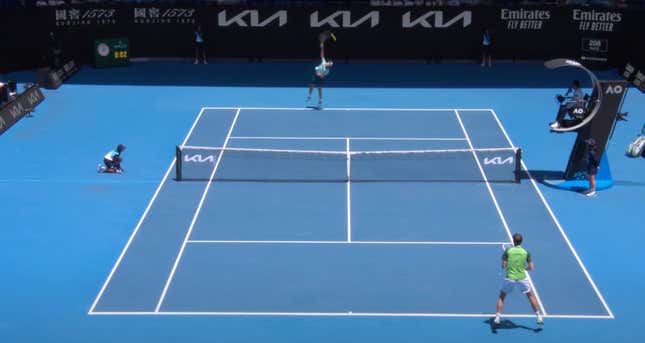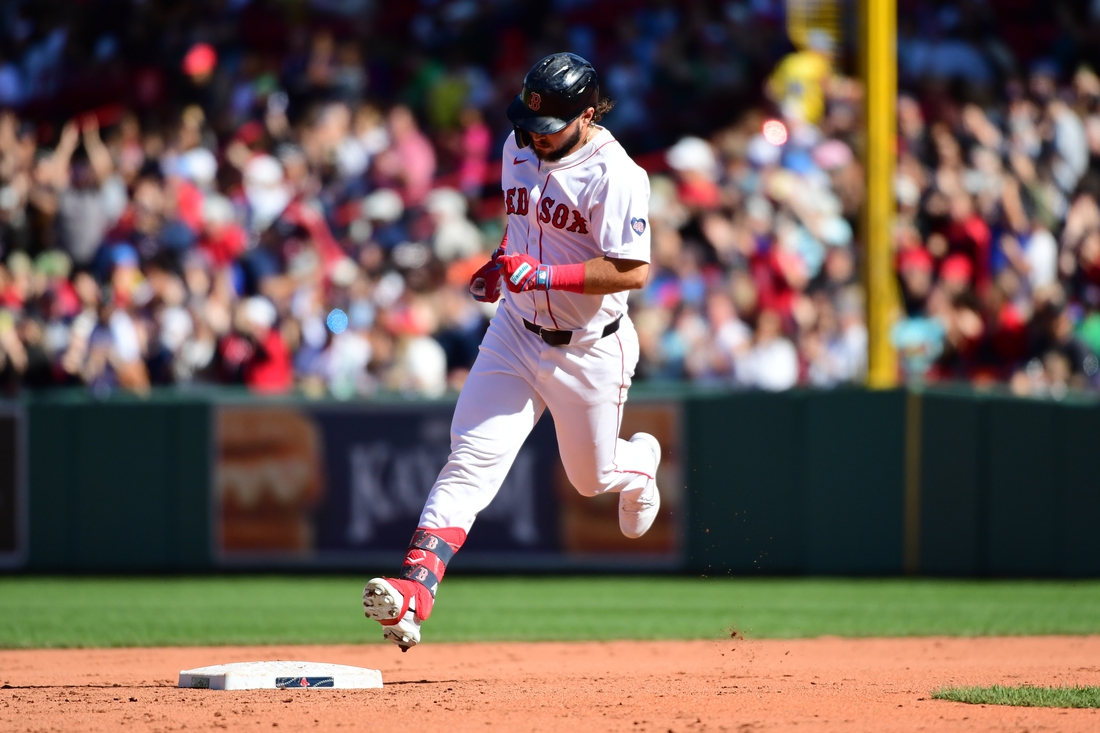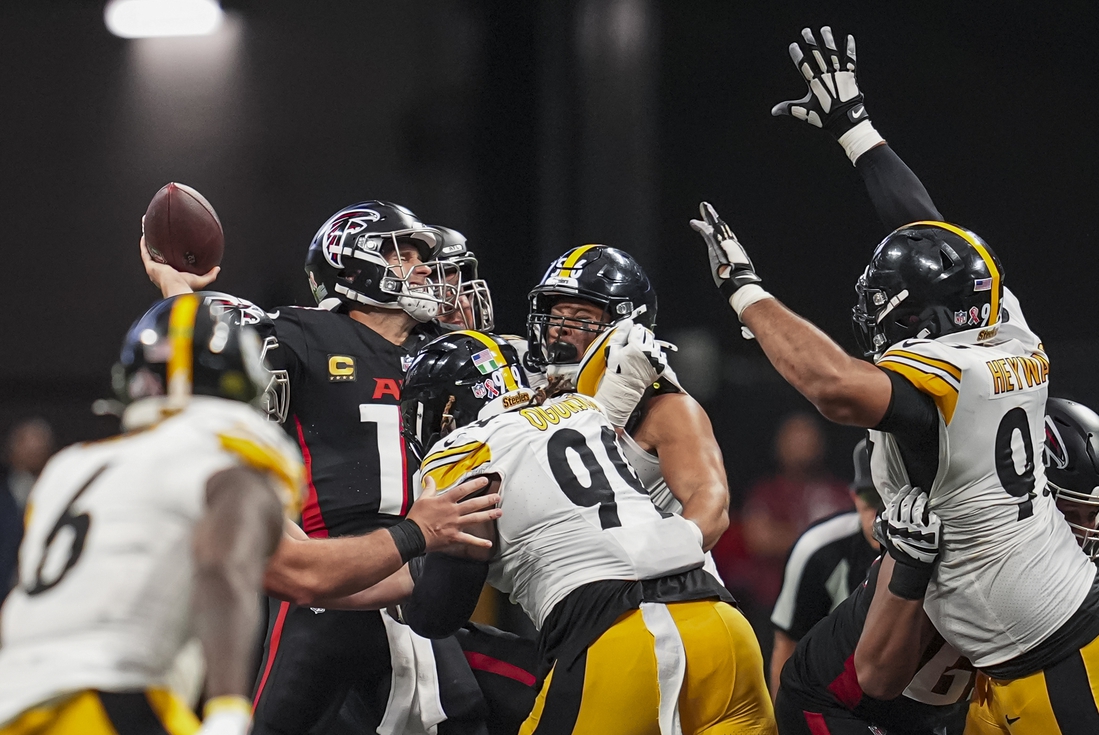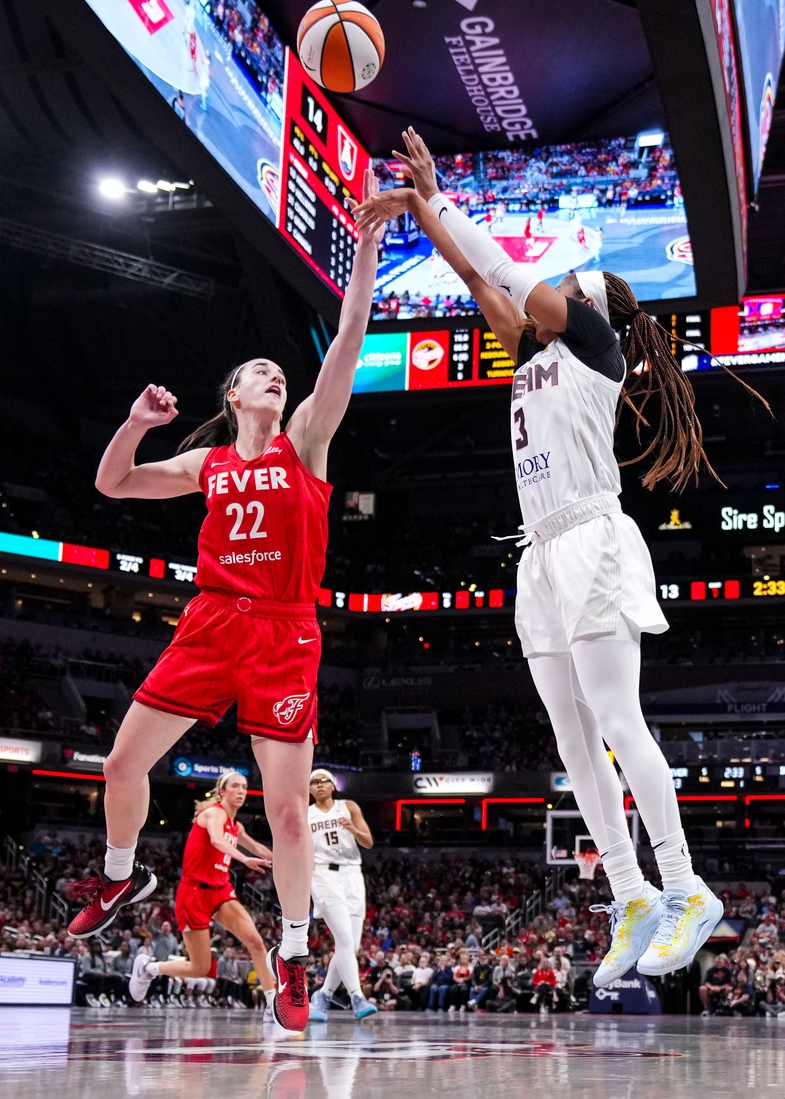Most of my life, I have found tennis very easy and yet very hard to watch. It’s easy in that it’s a beautiful sport to gaze upon, the players’ ballet-like movements and the steady rhythm of the sound of the ball hitting the racket and then the court over and over can lull one into a lovely state of zen. And it’s easy for anyone to see the feats of Serena blowing people off the court, or Federer seemingly pausing the ball in midair while he sorts his thoughts of what to do next, or Nadal confounding opponents with shots from spots that shouldn’t be gotten to by any human. It’s all accessible.
But it’s hard to watch on a level to see the game beyond the surface. To most, and to me as someone who watches the four Majors intently but then really only follows along loosely in between, it can look a lot like two people just hitting a ball at each other until someone wins. Which sometimes it is, but there’s obviously way more to it (though enough Novak Djokovic matches descend into him hitting a ball at someone else long enough until the other guy melts).
Daniil Medvedev is the you-have-to-listen-to-the-notes-he’s-not-playing player on the men’s tour, the connoisseur’s delight. If you’ve even dropped in on tennis briefly the past couple years, you’ve heard commentators gush about how he can do just about anything and everything, and often will, in the course of a match. He mixes and matches styles and tactics and positioning, and sometimes it feels as though he’s doing it to entertain himself. Given his thinning hairline that quickly gets disheveled as he loses himself in his work, he gives off an air of being tennis’s Dr. Weird. He has invented…THIS THING!
Still, a lot of the time to a lot of fans, he can look like just a guy standing as far back as he can chasing down everything, waiting for an error from the other side, who can also blast it pretty hard with his serve. The nuances can be hard to decipher. On Tuesday night, in his Australian Open quarterfinal against Hubert Hurkacz, I was determined to see if I could get beyond the surface. And seeing as how Hurkacz is another player renowned for thinking his way through points and matches instead of cueing up the Doof Warrior and blasting his way through opponents, I thought there would be ample opportunity.
Didn’t have to wait long. Perhaps the first thing most people know about Medvedev is that he usually prefers to return serve from somewhere out in the parking lot. The Australian Open has done away with linespeople, perhaps in part to save them from Medvedev stepping on their feet while the ball is being served at him. This makes Medvedev nearly impossible to ace, while daring players to try and serve and volley him to take advantage of the canyon he has left between him and the net. Except most every player utterly despises doing so because they can’t do it well.
Except on Tuesday (Wednesday in Melbourne), on Hurkacz’s very first serve in the very first game of the match, there was Medvedev standing on the baseline. Which he also was throughout the game, including breakpoint:

Judging by Hurkacz’s flummoxed looks towards his team after getting broken, this was just about the last thing he expected. Medvedev showing up in a bear suit seemed more likely than cutting off Hurkacz’s serves so early. And it got Medvedev the break.
From there, throughout the first set, Medvedev insisted on hitting everything at Hurkacz’s backhand, even though the scouting report on Hurkacz is that it’s his forehand that can get wonky on him. Hurkacz had to hit 104 backhands in the opening set as opposed to 80 forehands, which led to 10 unforced errors on that wing as opposed to Medvedev’s two. Maybe Medvedev knew something the general consensus missed, or maybe he just felt like going the other way to be funny. Either way, it helped him to the first set in a tiebreak as he either waited for Hurkacz to duff a backhand, or ran around it and open up the whole court for Medvedev to go cross-court with his forehand, like so:
This is still Medvedev, and even if he identified attacking Hurkacz’s backhand as the path forward, he wasn’t going to stick to it, because there’s always something new to try as far as he’s concerned. He was still returning serve far higher than he had ever before, but flipped to go after Hurkacz’s forehand (hit 10 more forehands than backhands in the set). Didn’t work, as Hurkacz was much cleaner on that side and took the set 6-2 over a pretty scratchy Medvedev.
So back to Hurkacz’s backhand in the third set, and while Hurkacz wasn’t as wayward as he was in the first, it was still enough to see Medvedev take the set 6-3 as he was able to scratch out just enough points on his second serve while feasting on Hurkacz’s.
But to see Medvedev’s mind go neon is to wait until his legs go jelly. Medvedev looked for all the world to be taking the fourth set as well, until he visibly started to tire and Hurkacz didn’t miss. After trailing 2-4, Hurkacz ripped off five of the next six games, racking up seven aces and finding his groove on the second serve to win six of nine of those points to send the match to a deciding fifth set.
Of course, it’s also well-known the Medvedev’s cleverness or creativity can slide into the dastardly on occasion. After the second set, Medvedev left the court for seven minutes. After losing the fourth, he did so again, but only after engaging the chair umpire in a two-minute conversation first, extending the break he desperately needed as well as any pause he could engineer in Hurkacz’s rhythm. Medvedev isn’t the only player to pull this type of chicanery, far from it, it’s perhaps that he revels in it more than most.
In the fifth set, a clearly gassed Medvedev faded back into the shadows to return serve, some 15 feet or so behind the baseline. And he definitely was choosing his moments to actually go for a break very carefully, being on the reserve tanks and all. He didn’t run corners, took big swings, and any game that started 15-0 or 30-15 was discarded. Everything was basically aimed into his first serve to hold and wait for one push.
It came in the seventh game, when Medvedev forced two backhand errors from Hurkacz and broke.
And it was done with yet one more Medvedev brain flourish, as he did it mostly at net, something he is known to abhor. But there he was coming forward, hitting two volleys to get the miss from his opponent.
Which set the stage for the last game, when Medvedev closed the match out by serving and volleying twice in the final game, the only two times he attempted to do so in the match, or might as well have been. He then closed out the match with this, because why wouldn’t he?
It’s easy to see why fans can find Medvedev boring. The points tend to be long, he doesn’t provide the number of hero shots during a match that others might, the ploys are subtle, and you have to look hard for them. And even this doesn’t include the variation of slices and spins that he’ll employ throughout a match to achieve his ends. But if you’re willing to get in line, get on the ride, and look hard enough, you’ll see a lot more bubbling under the surface than you thought.
Follow Sam on Twitter @Felsgate and on Bluesky @felsgate.bsky.social







